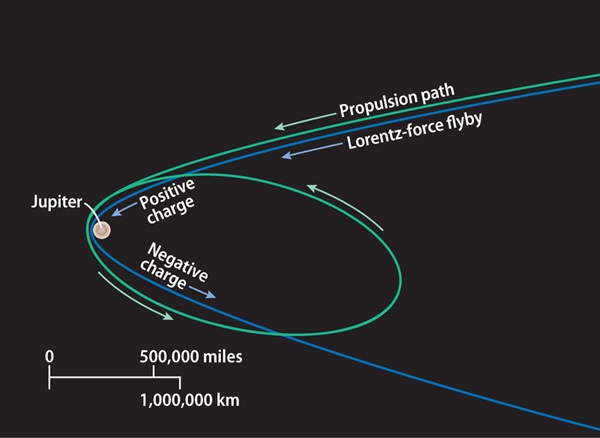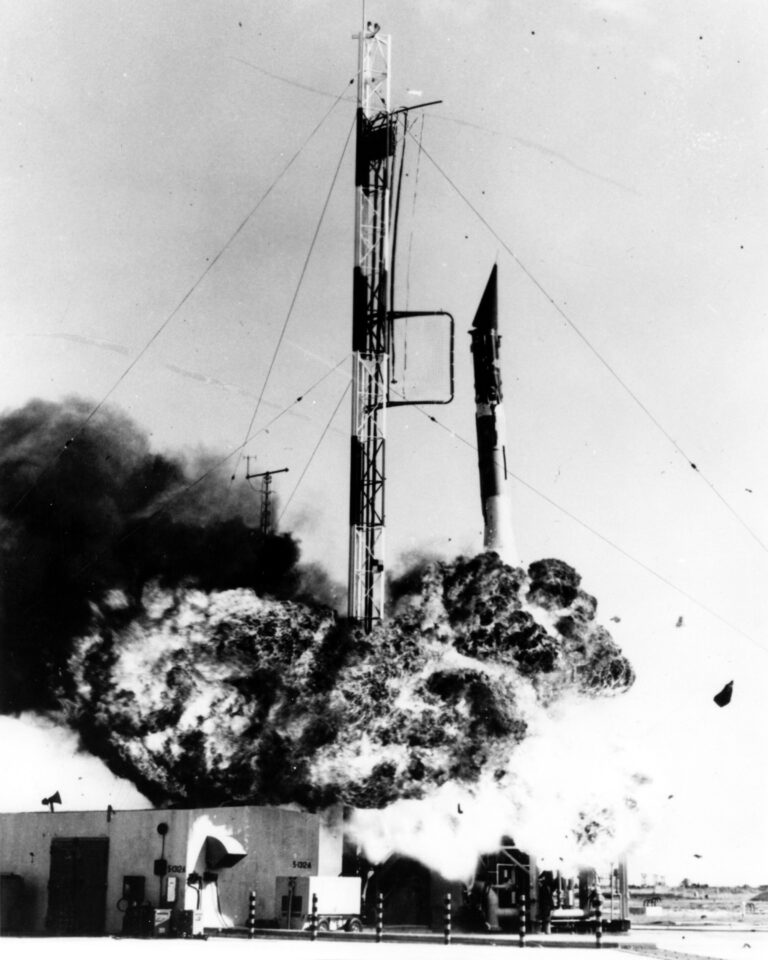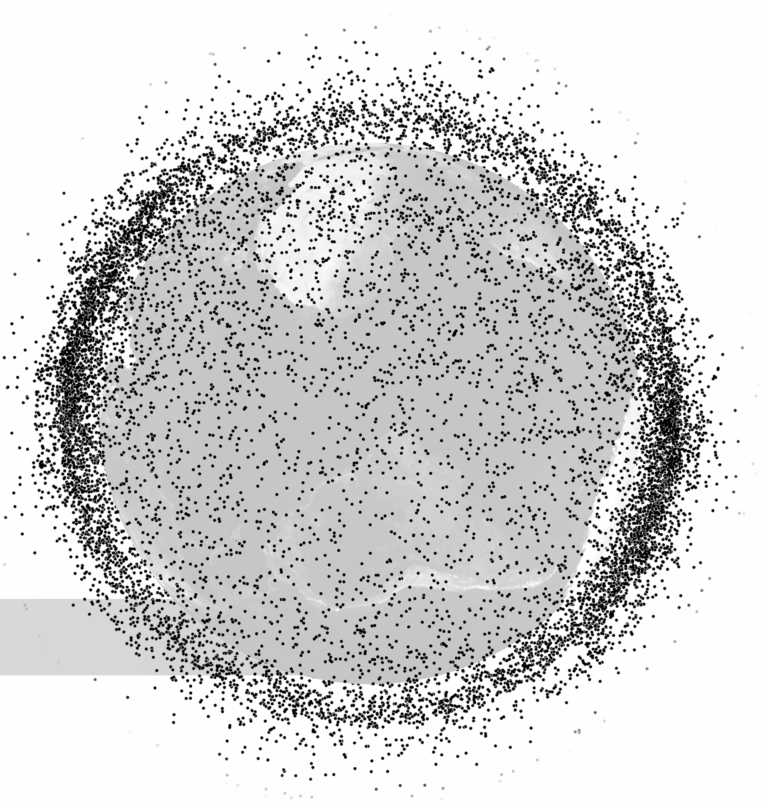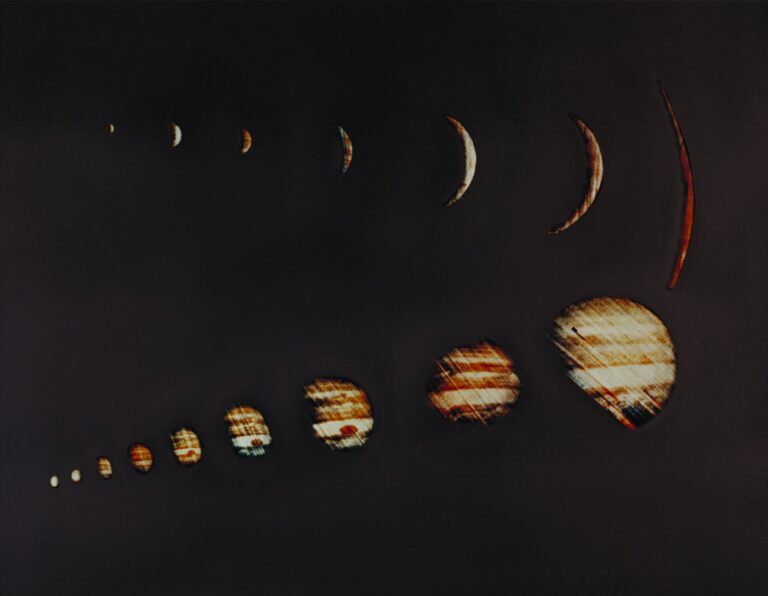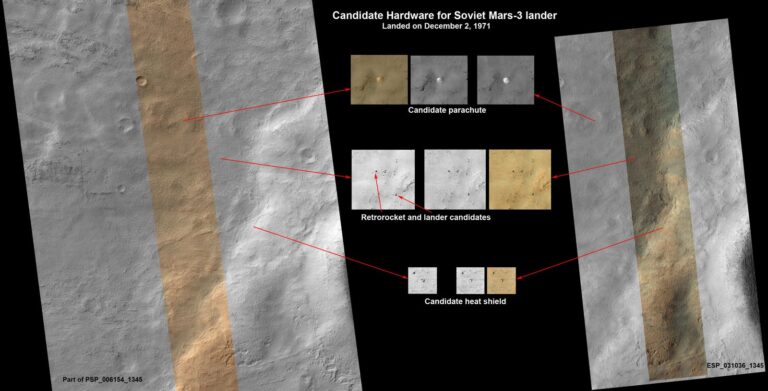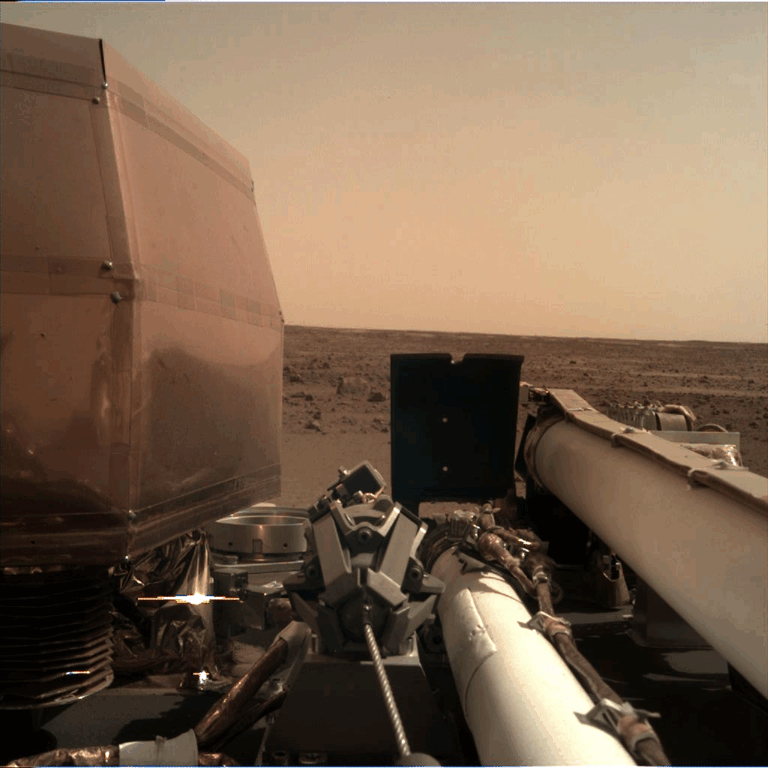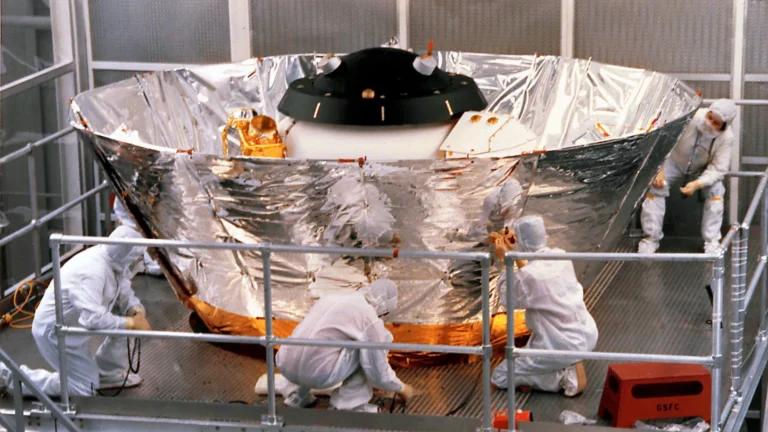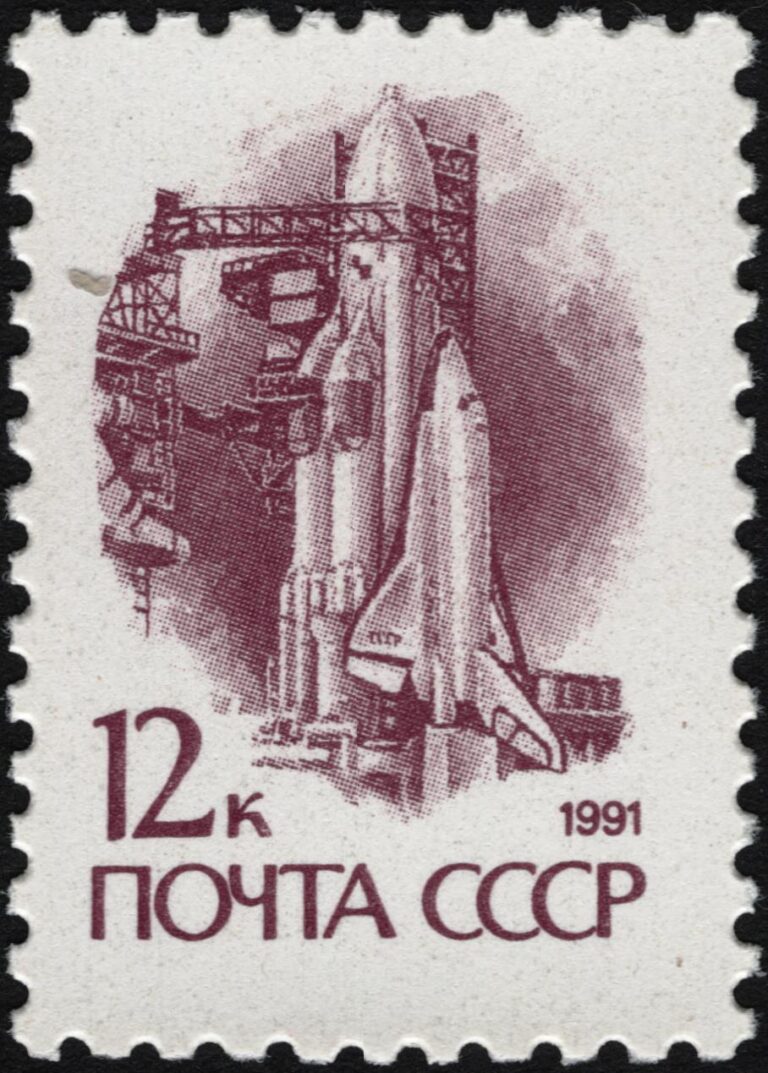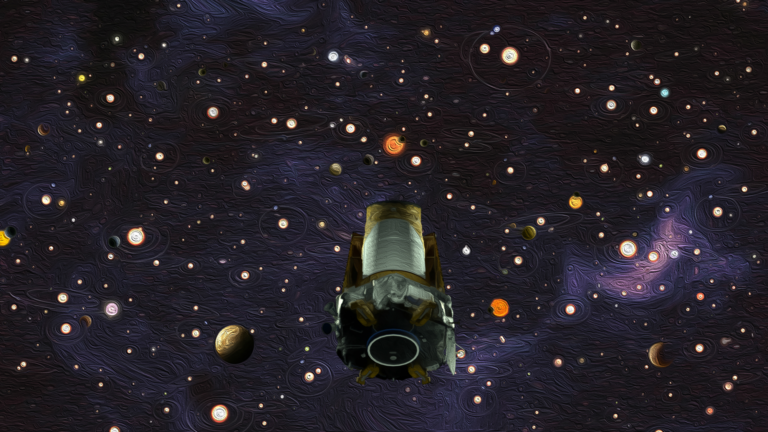Key Takeaways:
Studies have shown that spacecraft surfaces charge differently in shadow and in light. This is because when the Sun’s photons hit the surface, they can launch electrons out of atoms — a consequence of the photoelectric effect, which Albert Einstein discovered more than a century ago (and which he won the Nobel Prize in physics for). The charged spacecraft’s trajectory, in theory, is then deflected as it moves through a planet’s magnetic field. However, for all the probes that have flown by planets over the years, no Lorentz force effects have been detected. We know the negligible effect is there, though, because of the laws of physics.
Some research in recent years suggests that a spacecraft could be artificially charged during flight to high enough levels for the Lorentz force to aid space navigation, which could perhaps eliminate the need for midcourse maneuvers using the craft’s propulsion system.
NASA’s Jet Propulsion Laboratory (retired), Pasadena, California

